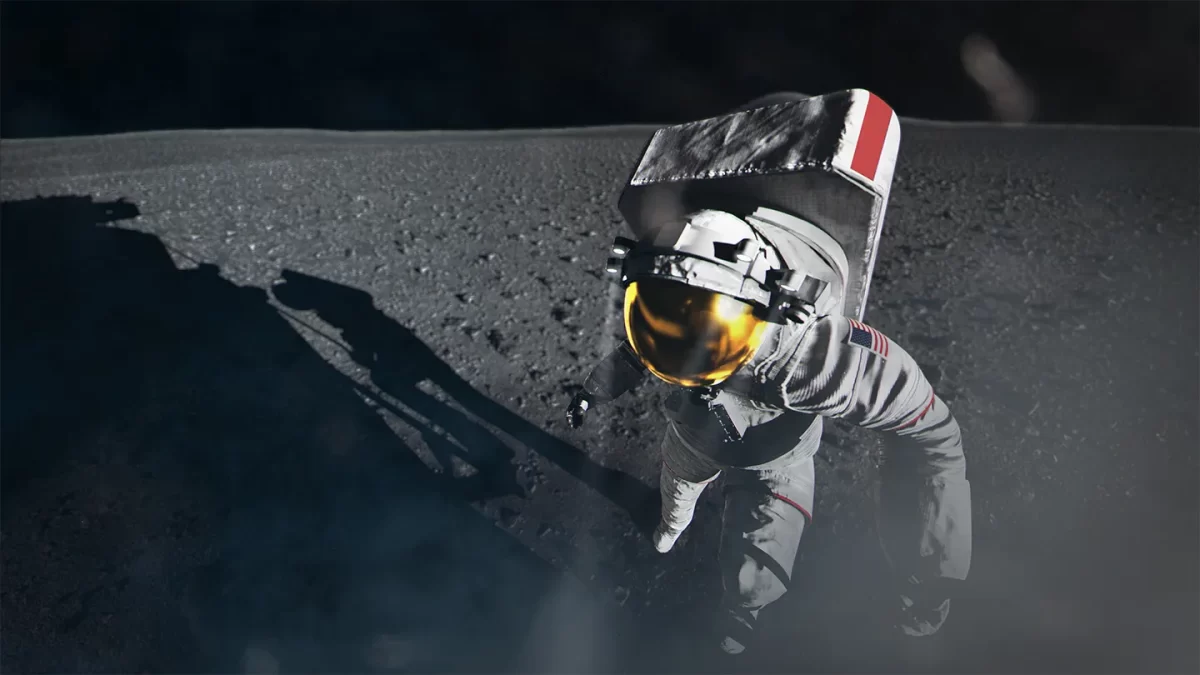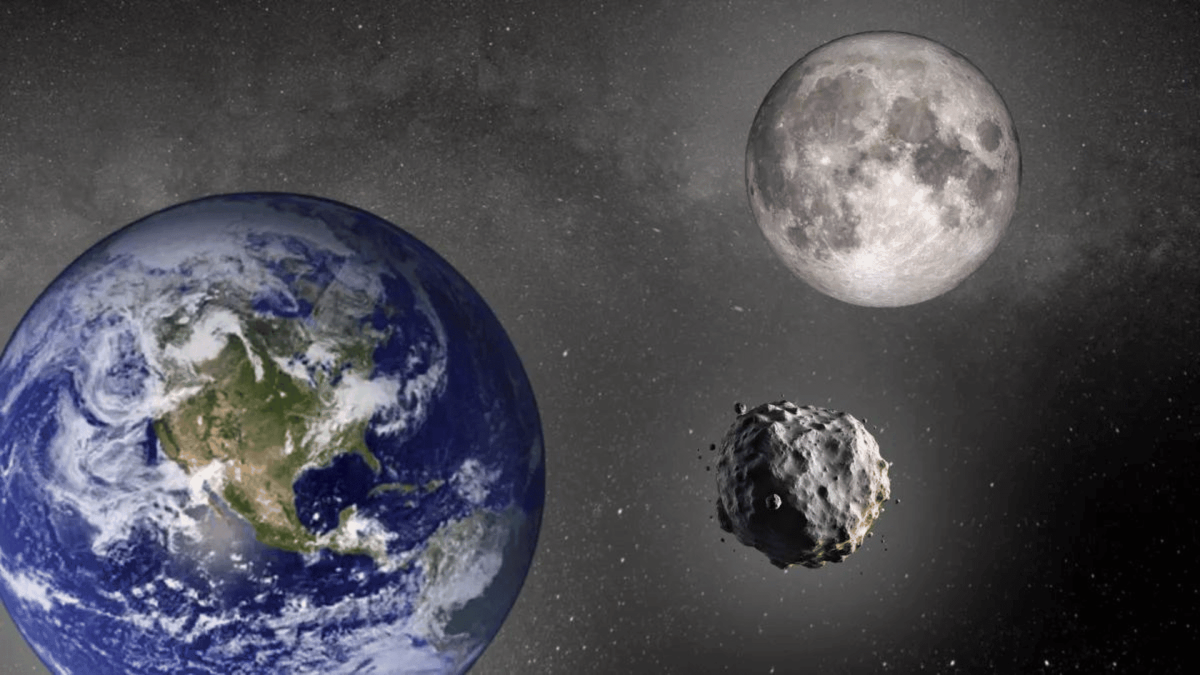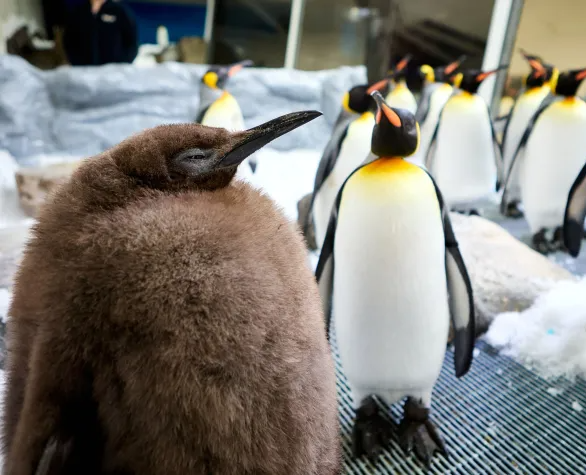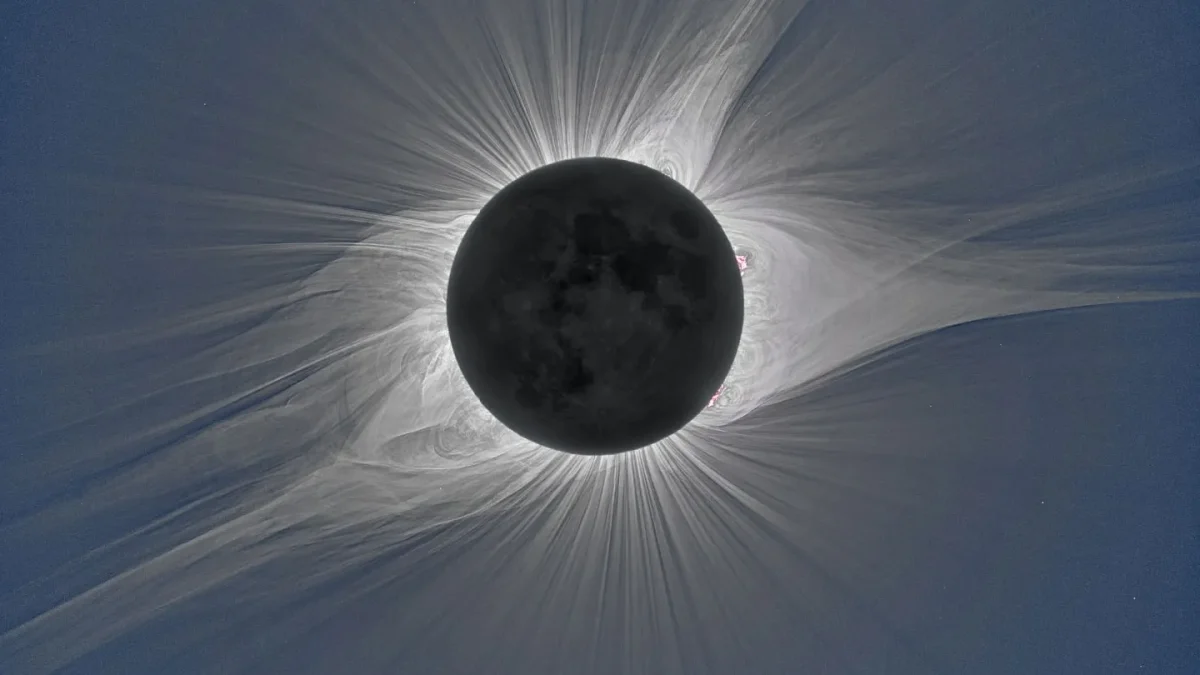It has been almost 50 years since humans last walked on the surface of our Moon during the Apollo program, and since then the robotoic exploration of deep space has seen years of advencement and discoveries. The world has entered a new era of exploration.
NASA’s Artemis program will lead humanity back to the Moon and foreward to Mars. It requires a bold vision to send humans 250,000 miles to the Moon and then 140 million miles to Mars. The Moon plan has two objectives: it aims to achive sustainable lunar exploration in the mid to late 2020s while also focusing on the goal of a first human landing by 2024.
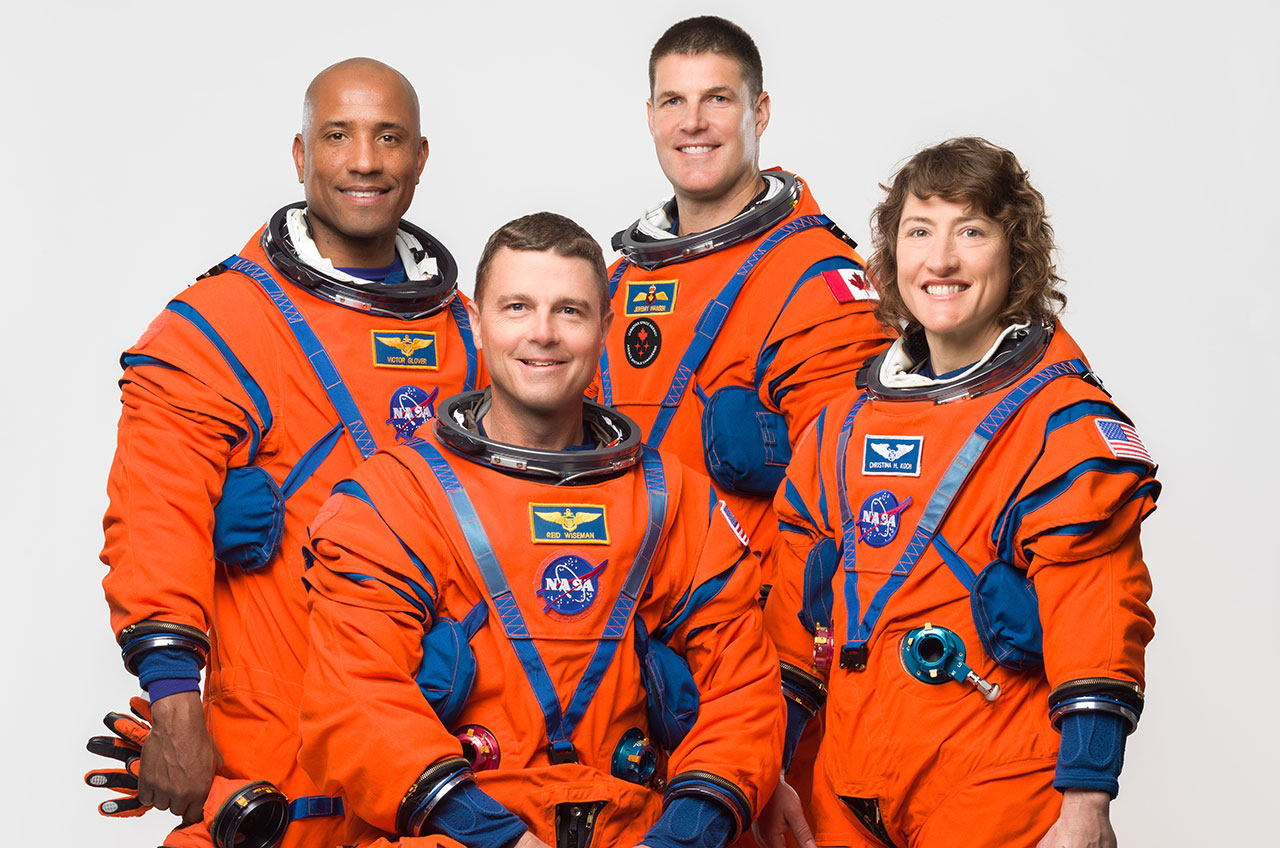
A promary goal is to esablish stustainable human presence on the Moon. This not only involves landing astronauts on the lunar surface but also constructing a lunar surface but also constructing a lunar outpost, known as the Lunar Gateway, which will serve as a staging point for lunar missions and facilitate international collaboration.
Moreover, the Artemis program is driving technological advancements. NASA is developing a new generation of spacecraft, including the Orion crew vehicle and the Space Launch System (SLS) rocket to transport us safely to beyond the Moon. These innovations lay the foundation for a crewed mission to Mars.



